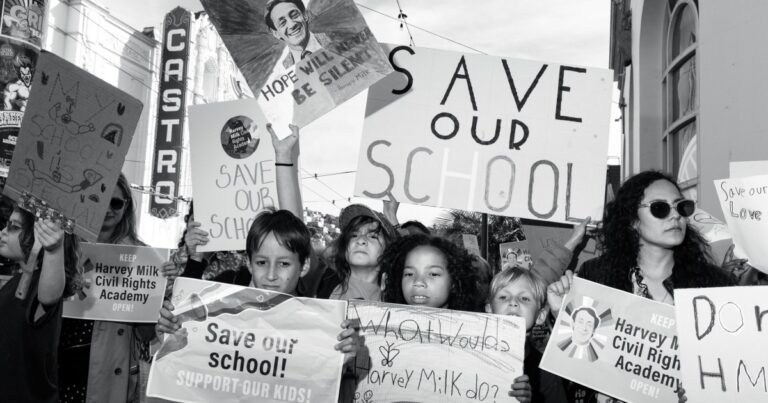The Future of San Francisco Public Schools: Addressing Enrollment Challenges
San Francisco public schools, like many urban educational systems, are grappling with a significant decline in enrollment. This trend is mirrored in cities such as Chicago, New York, and Los Angeles, where families are relocating, opting for private education, or having fewer children overall. The San Francisco Unified School District (SFUSD) is facing a particularly acute crisis, with 14,000 vacant seats and projections suggesting an additional 4,600 openings by 2032.
The Impact of Declining Enrollment
As enrollment numbers dwindle, schools often find themselves under-resourced. A less-populated school cannot justify the staff needed to support every student effectively. Experts and lawmakers agree that merging or closing schools could provide a viable solution. By consolidating resources, the district could create better-staffed and equipped schools, enhancing educational opportunities for all students.
Community Sentiments on School Closures
Parents at various schools are understandably anxious when faced with potential closures. For instance, a parent from Marshall Elementary expressed relief that their school was not on the closure list yet acknowledged concerns about its sustainability. While fears around larger schools may lead to resistance against mergers, a practical approach would involve considering the benefits of combining resources. The potential merger of Marshall with nearby Flynn Elementary could improve access to special education services, something that is currently lacking at the former.
Political Reactions and Merging Schools
Recent discussions surrounding school closures have elicited strong reactions, including from Mayor London Breed, who publicly opposed the district’s plans to close or merge thirteen schools. Her opposition reflects the sentiments of many families deeply invested in their schools. However, critics warn that avoiding difficult decisions does not address the underlying issues of funding and enrollment shortfalls. Merging schools could be seen not merely as a means of saving resources but as an essential step toward ensuring equitable education.
The Pragmatic Approach to Mergers
Schools like Harvey Milk Civil Rights Academy, which maintains a small student body, highlight a common dilemma. Although some parents harbor concerns about integration with larger schools — especially ones serving diverse populations — merging schools could lead to improved education quality. For example, consolidating Harvey Milk with a nearby school could streamline faculty and support staff, enhancing oversight and improving student outcomes.
Lessons from Other Districts
Evidence from cities like Denver and Chicago suggests that school mergers can be beneficial. When schools consolidate, funds can be redirected towards essential programs, such as mental health services and smaller class sizes. San Francisco could adopt similar strategies if stakeholders are open to embracing change as a community responsibility.
Looking Ahead
As the district contemplates its future, the question remains: what happens if the push to save individual schools prevails without addressing broader issues? The persistent problems of declining enrollment and financial deficits will not resolve themselves. A proactive approach could involve supporting new community structures emerging from potential mergers, holding the district to a commitment of fully resourced education for every child.



